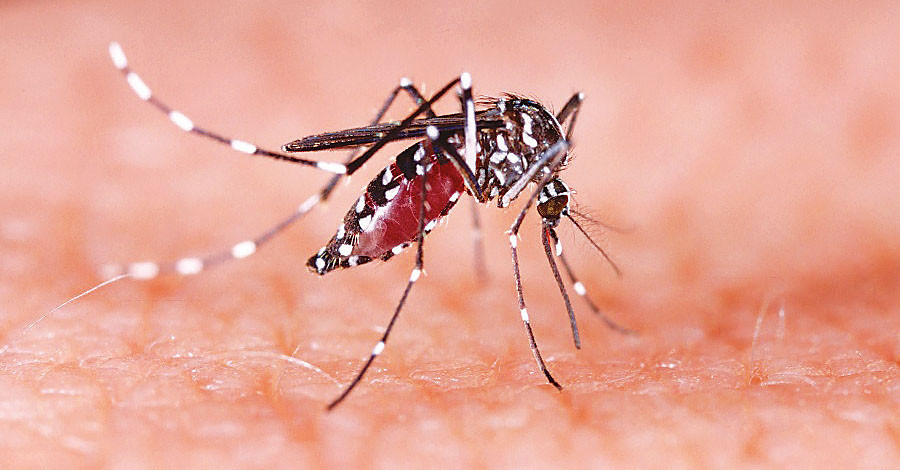
Rising Dengue Cases in Kathmandu Valley Raise Concerns
Recent data indicates a gradual increase in the number of dengue-infected patients seeking medical attention in hospitals across the Kathmandu Valley. Health experts warn that this could be just the beginning, with a significant surge in cases expected once the current rainfall subsides.
The Epidemiology and Disease Control Division has projected that up to 60,000 people could be infected with the dengue virus over the next three months, though this is considered an estimate for preparedness rather than an exact prediction. Dr. Chandra Bhal Jha, director of the division, emphasized that these projections are essential for internal planning and do not indicate the actual number of infections.
Dengue is a viral disease transmitted by female Aedes aegypti and Aedes albopictus mosquitoes. These same vectors also spread chikungunya, yellow fever, and the Zika virus. Since January, 1,673 individuals from 73 districts have tested positive for dengue. However, four mountain districts—Rasuwa, Manang, Humla, and Dolpa—have yet to report any cases.
In 2024, 15 deaths were recorded due to dengue, with over 41,865 infections reported across 76 districts. In 2023, 88 fatalities and more than 54,000 infections were documented, with the virus spreading to all 77 districts. Hospitals in the Kathmandu Valley were overwhelmed during that period, and pharmacies faced shortages of paracetamol, the most commonly used medication for treating fever.
Experts suggest that the reported cases may only represent a fraction of the true scale of the infection. Approximately 90% of those infected show no symptoms, and many cases go unreported. While some individuals experience mild symptoms that can be managed at home with paracetamol, others may develop severe complications.
Since dengue became endemic in Nepal, health officials no longer classify it as an outbreak. However, the threat remains significant, prompting officials to take proactive measures. The division has alerted all relevant health agencies, provided testing kits, and allocated funds for a search-and-destroy campaign.
"We have already sent Rs 80 million to local levels to carry out the dengue search and destroy drive," said Jha. "Health workers and facilities are being asked to prepare for potential outbreaks. We have also requested support from other sectors and the general public to eliminate breeding grounds for dengue-carrying mosquitoes."
Experts highlight that dengue outbreaks can occur anywhere at any time, given that most districts have reported cases. They emphasize that authorities should focus on implementing preventive measures rather than merely counting infections. Rising temperatures combined with monsoon rains create ideal conditions for mosquito breeding. Without public awareness and active participation, the spread of the virus is likely to continue.
Dr. Sher Bahadur Pun, chief of the Clinical Research Unit at Sukraraj Tropical and Infectious Disease Hospital, stressed the importance of behavioral change. He noted that breeding sites for dengue mosquitoes can be found in schools, hospitals, and private homes. Public involvement is crucial for effective control of the disease.
In addition to regular search-and-destroy campaigns, experts recommend strengthening the capacity of health facilities to handle potential large-scale outbreaks. Dengue-transmitting mosquitoes breed in clean water and are most active during daylight hours. Uncovered water tanks, discarded plastic cups, and bottles can serve as breeding grounds.
Symptoms of dengue include mild to high fever, severe muscle pain, rashes, headaches, and eye pain. Those experiencing these symptoms are advised to seek immediate medical care. Although there is no specific cure for dengue, early detection and access to proper treatment can significantly reduce mortality rates.
Nepal's first dengue case was reported in 2004 in Chitwan district. Since then, the number of infections, including major outbreaks, has steadily increased. The World Health Organisation states that while there is no specific cure for severe dengue, timely medical intervention can save lives.
Post a Comment